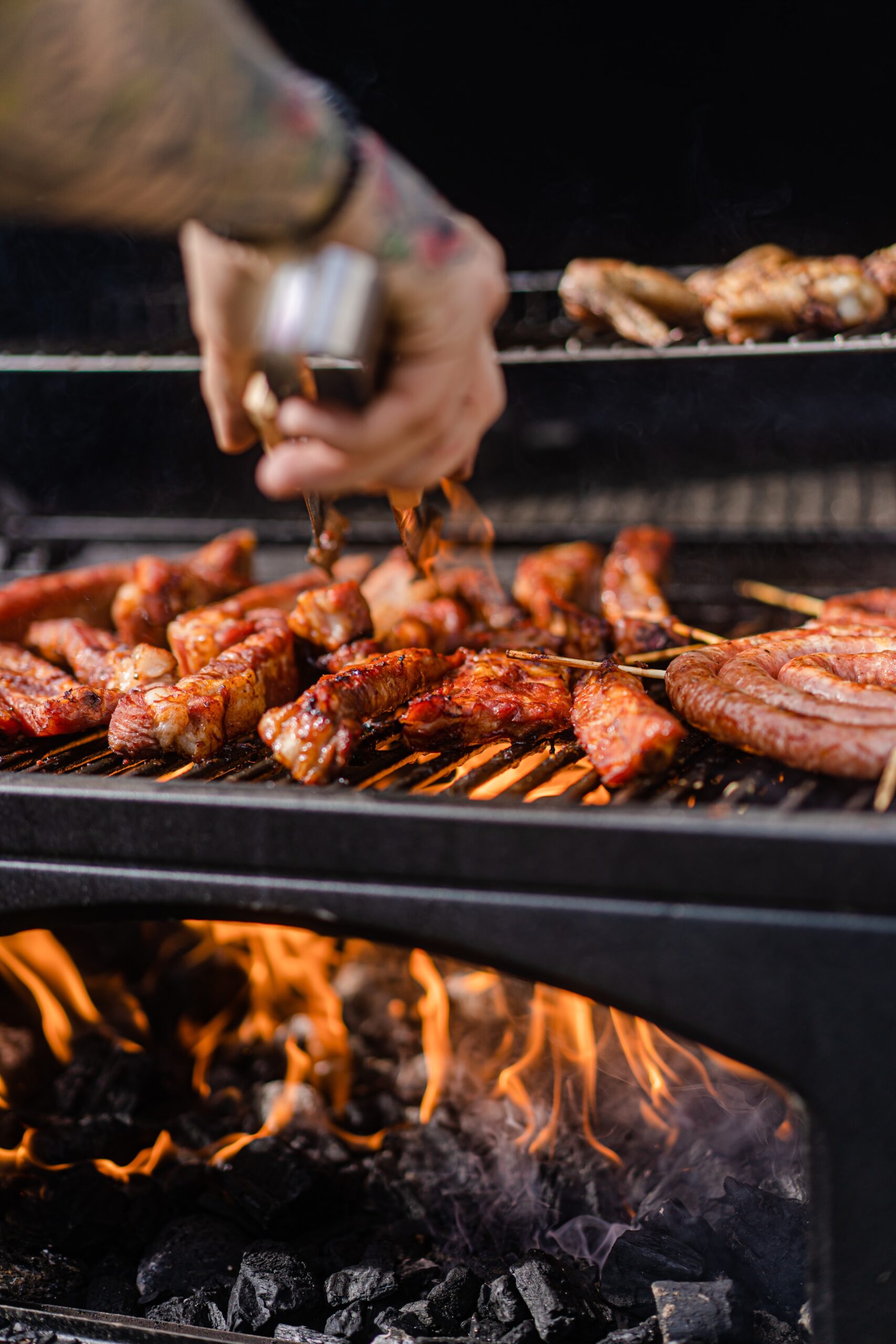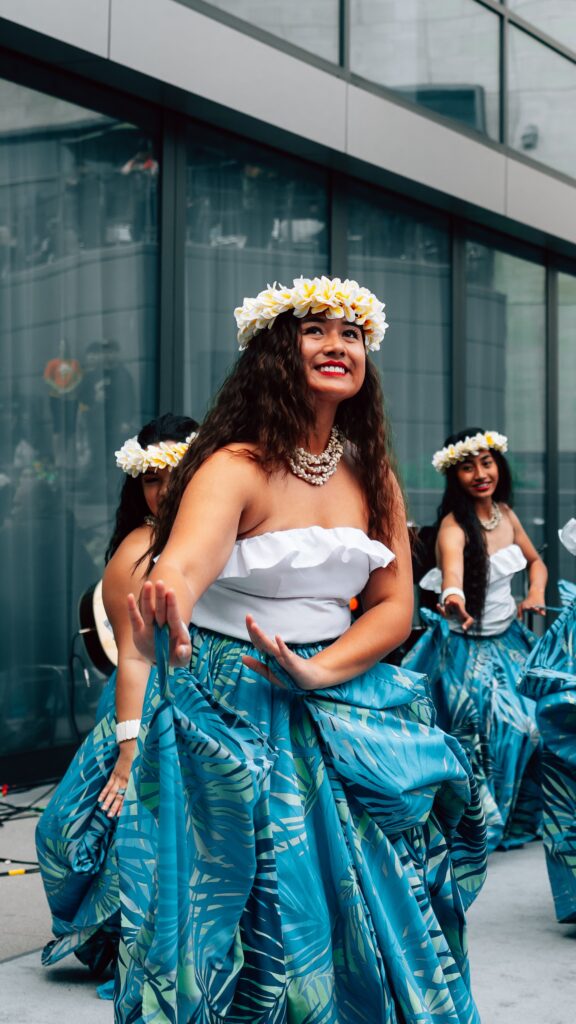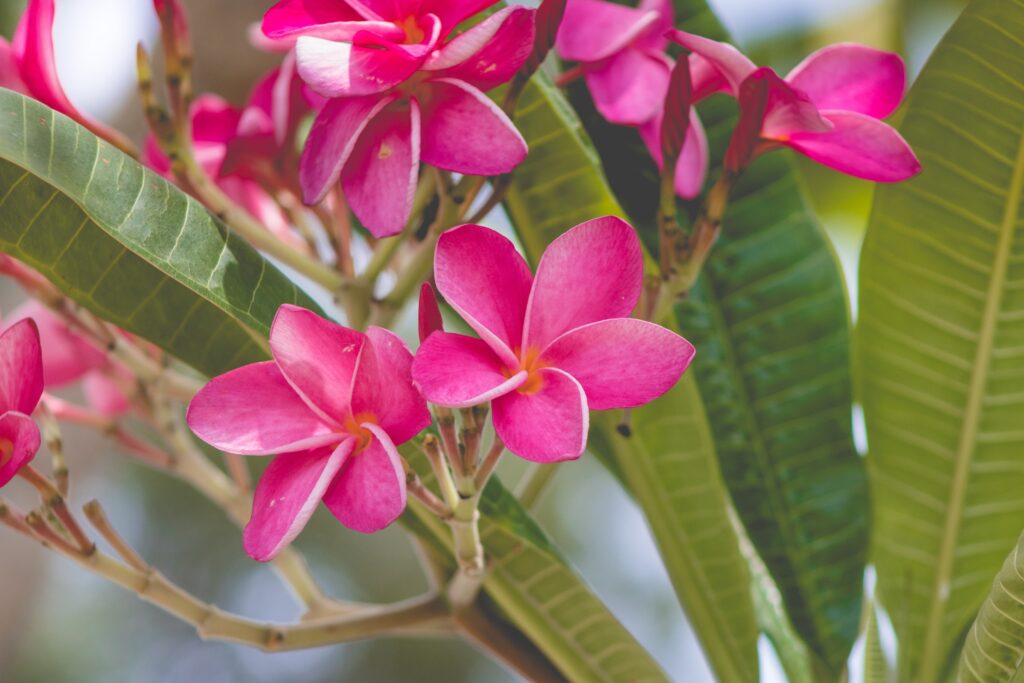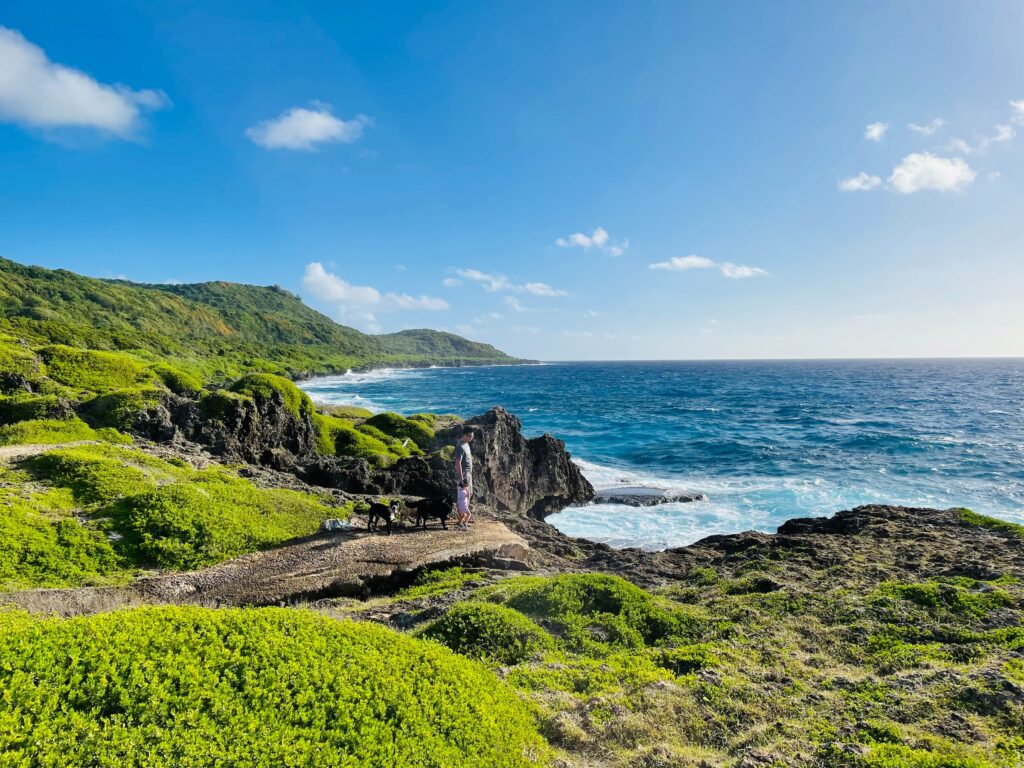What are traditions and celebrations of Guam?

The island of Guam, nestled in the Western Pacific Ocean, is not only celebrated for its stunning landscapes and tropical beauty but also for its deep-rooted cultural traditions. The Chamorro people, the indigenous inhabitants of Guam, have preserved and cherished these traditions for generations. In this comprehensive blog, we will explore some of the most cherished and enduring traditions on Guam, offering a glimpse into the island’s rich cultural tapestry.
Fiestas
Fiestas hold a special place in the hearts of Guamanians. These community celebrations are a vibrant blend of religious and cultural traditions. Each village on the island hosts its own fiesta, dedicated to its patron saint. The celebrations typically feature a Catholic Mass, processions with statues of saints, traditional dances, and a lavish spread of Chamorro and Filipino dishes. Fiestas are not only religious but also serve as an opportunity for communities to come together, welcome visitors, and showcase their unique cultural heritage.

Chamorro Language and Dance
The Chamorro language is an essential part of Guam’s cultural identity. While English is the official language, Chamorro is still widely spoken, and efforts are ongoing to revitalize and preserve this indigenous language. In addition to language, traditional Chamorro dance plays a pivotal role in cultural expression. Dances like the “Sakman” and “Sota” feature intricate footwork, vibrant costumes, and storytelling through movement, allowing Guamanians to connect with their heritage.
Seafaring Heritage
Given its island location, Guam’s seafaring heritage is deeply ingrained in its culture. The ancient Chamorro people were skilled navigators, and this legacy lives on through traditional seafaring practices and canoe building. The “proa” is a unique Chamorro outrigger canoe, and the construction of these vessels is a celebrated art form. Guamanians continue to honor their seafaring heritage through events like the Guam Micronesia Island Fair, where traditional canoes are showcased.
Floral Traditions
Flowers hold a special place in Chamorro culture. Garlands of flowers, known as “gupot” or “titiyas,” are commonly used in celebrations and rituals. These floral arrangements are worn as crowns during traditional dances and are also presented to guests as a sign of welcome and respect. The use of flowers is a beautiful and fragrant tradition that adds color and significance to various occasions.

Guam Liberation Day
July 21st is a significant day in Guam’s history. On this day in 1944, U.S. forces liberated the island from Japanese occupation during World War II. Guam Liberation Day is celebrated with parades, fireworks, and cultural performances. It serves as a reminder of the island’s resilience and its enduring spirit in the face of adversity.
Respect for Elders

Respect for elders, often referred to as “mannginge'” in Chamorro, is a cherished tradition on Guam. Elders are highly regarded for their wisdom and life experiences. Younger generations show their respect through gestures like seeking advice, assisting with daily tasks, and participating in family gatherings, where the stories and traditions of the past are passed down.